Vasily Polenov (1844-1927)
Vasily Dmitrievich Polenov, born May 20, 1844 ( 1 st June 1844 in the Gregorian calendar ) in St. Petersburg , died on 18 July 1927 to Polenovo near Tarusa , is a painter Russian belonging to the realistic movement of Ambulants , whose works are now preserved in Moscow and St. Petersburg. In 1926 he received the honorary title of People 's Artist . Nicknamed by his contemporaries the " Knight of Beauty ", he embodied both a Western culture acquired during his years in Europe and an aristocratic Russianheritage , a connoisseur of the history and origins of his nation.
Vassili Polenov was born in 1844 into a humanist, learned and art-loving family. Originally from the St. Petersburg region, the Polenovs are descendants of the old Russian nobility. Through generations, these intellectual and artistic qualities are transmitted: curiosity and thirst for knowledge, practice and passion for music, drawing and painting, the importance of pedagogy . His great-grandfather already, Alexei Polenov (1738-1816), thinker and jurist, advocated the suppression of serfdom and the literacy of the people. 100 years before its definitive abolition by a decision of Alexander II in 1861, he wrote an essay with the motto " good morals are better than good laws ".
As one of the best students of the Imperial Academy of Fine Arts , he received the grand gold medal for his painting The Resurrection of the Jairian Girl (1871, Museum of the Academy of Fine Arts, St. Petersburg). This work allowed him to approach for the first time in an academic setting the representation of Christ , a theme for which the young artist had a deep interest. The price he received for this painting allowed him, along with the other laureates, to become boarders (scholars) abroad at the expense of the state. He will travel finally four years instead of 6 years originally planned. At the end of the summer of 1872, Vassili Polenov crossed Germany and Switzerland before settling in Venice and Rome the following year. His Italian stay does not stimulate him, he lacks inspiration and works very little. However, he will make two major encounters in his life, which will mark his work. In "The Eternal City", he is passionate about young Maroussia Obolenskaya who tragically dies the same year of measles . However, Rome is also the scene of a fruitful and exciting meeting: Savva Mamontov (1841-1918), a rich entrepreneur, art lover and patron. Together, in Italy , they are planning a project to create a circle of multidisciplinary artists. The Mamontov estate in Abramtsevo seems to be the ideal place to set up artists' studios and a theater.
It is also in Italy that his passion and admiration for the painter Paul Veronese (1528-1588), a great colourist of the Venetian golden age, is confirmed . Vassili Polenov will say to him: " he has something attractive, which makes him love his art; we feel the taste of life in the people he paints . " He will also acquire one of his sketches, The Struggle of Jacob with the Angel , which he will later keep in the library of the house-museum .
During these years, the painter tries all kinds to find his true talent. He paints historical scenes ( The Arrest of the Huguenot , thanks to which he will obtain the title of Academician), still lifes, portraits and many Norman landscapes. On his return from his trip, he makes a decisive statement for his career: "There, I tried all kinds of painting [...], and I came to the conclusion that I have mostly talent for landscapes and scenes of everyday life, which I will exploit in the future. "
In 1881, Polenov undertook a trip to the Middle East and Egypt to work on the Bible theme. He hopes to find details of everyday life and landscapes that will inspire him to represent the life of Christ. He will paint his most famous work on this theme Christ and the adulterous woman . This painting is considered as the work of his life as well to have been a culmination in his artistic career as for the realization of his dearest wishes. He first made a real-life preparatory study in the mansion of Savva Mamontov in Moscow before painting directly the canvas that will be part of the fifteenth itinerant exhibition of the winter of 1887. It is then Alexander III who will make it a buyer, making the painter financially easy from this sale.
From 1883 to 1895, Polenov taught at the Moscow School of Painting, Sculpture and Architecture . His most talented students are Abram Arkhipov , Isaac Levitan , Konstantin Korovin and Alexander Golovin . The artist was very important to the teaching of the technique, being very demanding on the quality of colors and canvases. In 1893 he became a member of the Academy of Fine Arts of St. Petersburg.
In the late 1880s, Polenov dreamed of a house-museum in the countryside. He wants to make it a place of creation, education but also a place in which he could expose the archaeological and artistic collections gathered by his family. In 1889, he made a stay in the outskirts of Taroussa, 130 km south of Moscow, with his friend and disciple Constantin Korovin . He decides that it will be there, on the banks of the Oka River, that his dream will come true. Thanks to the purchase by Tsar Alexander III of his painting Christ and the Adulterous Woman(1884) for the sum, at the time, a staggering 30,000 rubles, he acquired a sandy hill overlooking this river , not far from the small village of Bekhovo.
Vasily Polenov
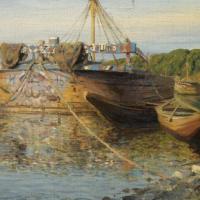 $450.00
$450.00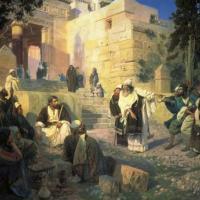 $540.00
$540.00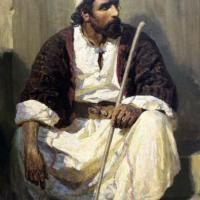 $450.00
$450.00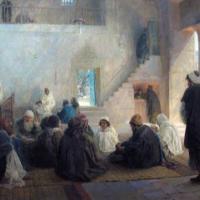 $540.00
$540.00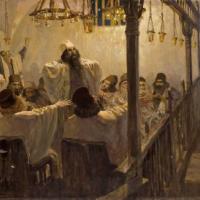 $540.00
$540.00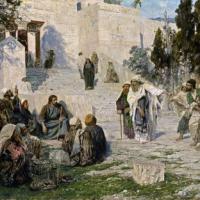 $540.00
$540.00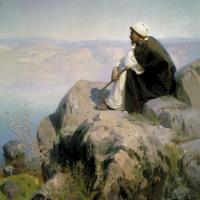 $450.00
$450.00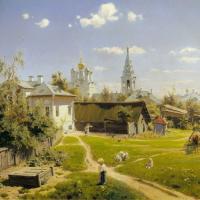 $450.00
$450.00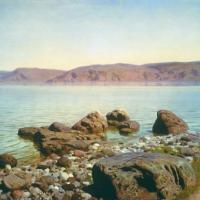 $450.00
$450.00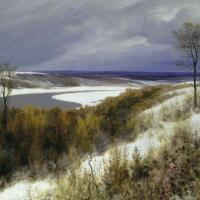 $450.00
$450.00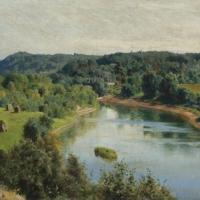 $450.00
$450.00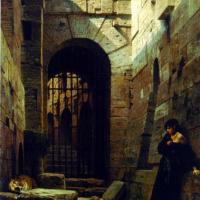 $450.00
$450.00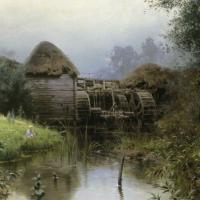 $450.00
$450.00

